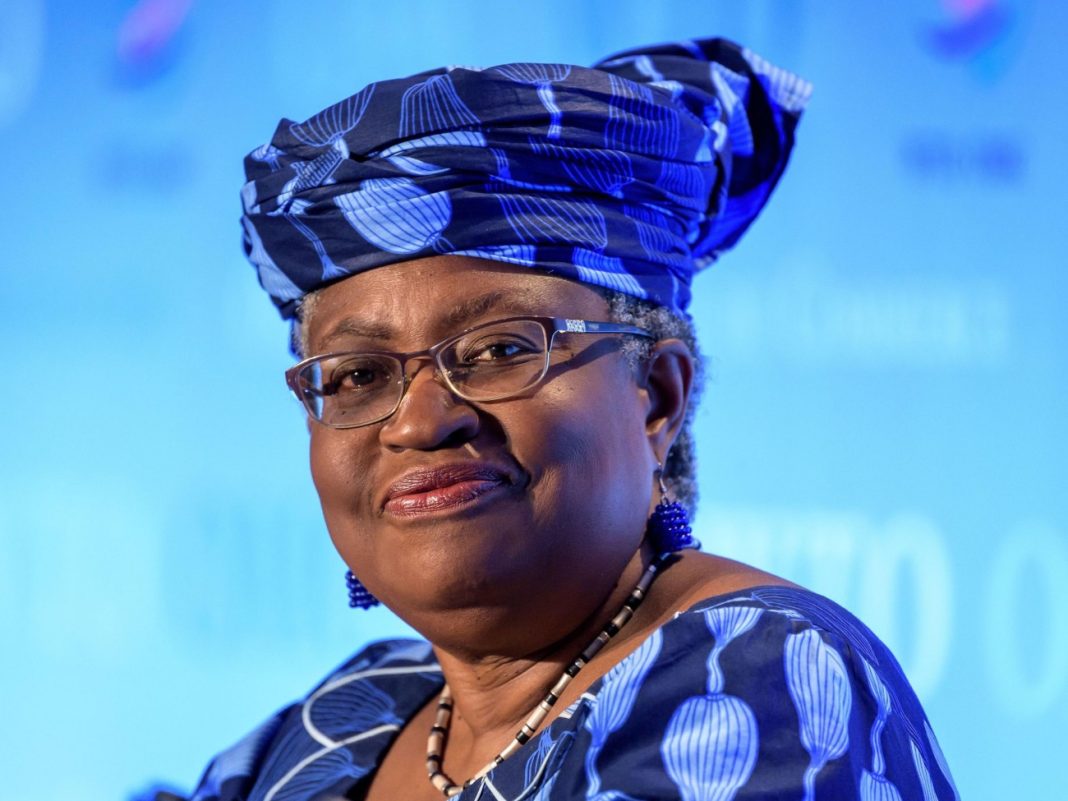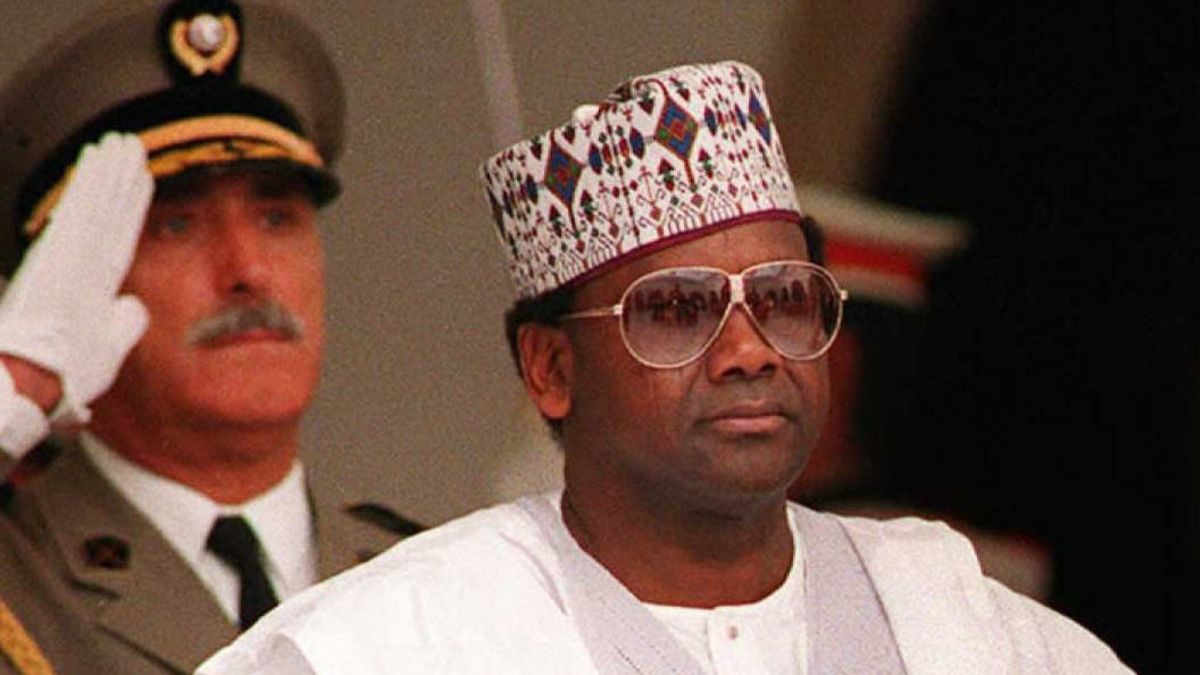GENEVA, Switzerland – The World Trade Organisation (WTO) has revised its global trade forecast for 2025, predicting a significant decline in global trade, largely attributed to the tariffs imposed by US President Donald Trump.
Initially, the WTO had anticipated a growth in global goods trade by 2.7% for the year, but it now forecasts a contraction of 0.2%, highlighting the escalating trade tensions between major global economies.
The WTO’s updated report emphasizes the severe downside risks associated with the ongoing trade conflict, particularly the reciprocal tariffs between the US and China.
The WTO’s director general, Ngozi Okonjo-Iweala, expressed concern about the “decoupling” of the US and China, a trend she described as “really worrying.”
The WTO anticipates that North America, in particular, will bear the brunt of the trade downturn, forecasting a drop in trade volume by more than 10% in the region.
Ralph Ossa, the WTO’s chief economist, commented on the wider impact of tariffs, noting that “tariffs are a policy lever with wide-ranging, and often unintended consequences.”
Ossa’s analysis revealed that trade policy uncertainty has a significant negative impact on global trade flows, dampening exports and weakening economic activity.
The revised forecast comes at a time when the UN Conference on Trade and Development (UNCTAD) has also projected global growth to slow to 2.3% in 2025, with the agency warning that this could signal a global recession, as it falls below the 2.5% growth threshold typically associated with economic contraction.
A baseline 10% tariff on nearly all foreign imports to the US took effect on April 5, 2025, although some exemptions exist for certain countries and goods.
Meanwhile, China has imposed even steeper tariffs on US imports, with a staggering 145% tariff on most goods.
These tariffs, the WTO suggests, have contributed to the slowdown in global trade and are exacerbating the already existing uncertainties in the global economy.
Despite these grim predictions for global trade, the WTO forecasts modest growth in exports and imports for regions like Asia and Europe, which are expected to contribute positively to global trade growth.
The WTO also included for the first time a forecast for services trade, which is expected to grow by 4% in 2025, though this is about one percentage point less than originally expected.
Trump’s trade policies, particularly the imposition of tariffs, are seen as an attempt to encourage more American-made goods, raise tax revenues, and foster investment in the US economy.
However, critics argue that reshoring manufacturing is a complex process that could take decades, and in the meantime, the US economy may struggle with higher consumer prices and market instability.







